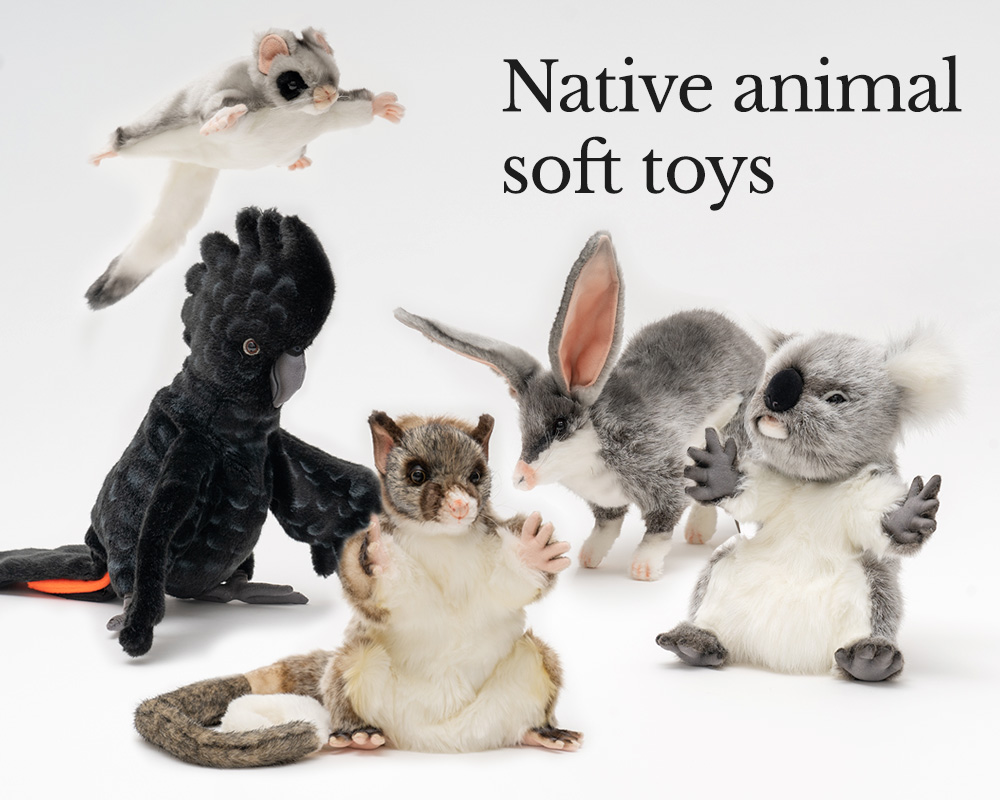Sea to Summit Vehicle Supported Sleep System: Tested

Sea to Summit has been part of Aussie camping DNA for decades. Chances are you’ve already got one of its knick-knacks in your kit, maybe a spork or dry bag — nestled beside the warm beer, stale muesli bar, and flat-batteried head torch.
Brand founder, Roland Tyson, first started making outdoor gear on an old industrial sewing machine in his childhood bedroom in 1983 at the age of 17. Then, in 1991, after outfitting a unique first ascent of Mount Everest (a 1126+ kilometre, 8848 metres in elevation trek from sea level to a solo summit), Sea to Summit was born. That spirit of stripped-back functionality and adventure-first design is still evident in all Sea to Summit gear, from small accessories to high-end expedition gear.
Sea to Summit’s latest trio — the Boab Synthetic Sleeping Bag, Pursuit Plus Self Inflating (SI) Sleeping Mat, and Foam Core Pillow — offers a fresh take on its car-camper-friendly lineup. It’s made for families piling into the SUV, mates chasing a weekend of campfires and questionable cooking, and for anyone who reckons you can enjoy sunsets, burnt marshmallows and the odd mozzie in your coffee without sacrificing a decent night’s sleep.

Importantly, the Boab Sleeping Bag and Pursuit Plus SI form part of Sea to Summit’s new reVIVE range — a sustainability-focused line using recycled materials and low-impact manufacturing processes. Every purchase from the reVIVE Range contributes to biodiversity projects through the 1% for the Planet program, with Sea to Summit supporting initiatives such as the Australian Wildlife Conservancy and the Munda Biddi Trail and Bibbulmun Track Foundations.
So, we rolled out Sea to Summit’s latest sleep system to see if it stacks up: Do the zips glide? Can you roll over without summoning an extraction team? And are the reVIVE products not only good for the environment, but also good for your back, turning a lumpy tent pad into a five-star bush retreat?
Design
The Pursuit Plus (SI) Sleeping Mat is a three-season all-rounder sleeping mat with a 4.2 R-value and 7.5 cm of self-inflating comfort. Inside, Delta Core foam is horizontally baffled to reduce 40% of the weight while boosting support, airflow and warmth. The outer shell is a bluesign-approved, RCS-recycled, solution-dyed, non-PFAS 20D ultralight fabric — about as environmentally responsible as a mat can get without compromising performance whilst aiming for that sweet spot between lightweight and durability.


Available in either contour (semi-mummy) or rectangular shape, the mat comes in regular and large sizes. Weight ranges from 835 grams (Regular-Contour) to 1460 grams (Large-Rectangular-Wide), including the stuff sack. The Regular-Contour packs down to 30 x 16 cm, while the Large-Rectangular-Wide measures a rather duffle-filling 40 x 17 cm. Our test unit, a Large-Contour, measured in at 34 x 16 cm and 1080 grams on the trusty old kitchen scale, not far off Sea to Summit’s acclaimed weight of 1040 grams (on the light side for a self-inflating mat) and easy enough to chuck in the back of the ‘fourby’ while still being manageable for an overnight hike.
Inflation and deflation are handled via Sea to Summit’s excellent XPEL Valve with the Regular-Contour inflating to 183 x 56 cm, and the Large-Contour 198 x 64 cm. Meanwhile, the Regular Rectangular delivers 183 x 64 cm, and the Large Rectangular offers a massive 198 x 76 cm for those with broad shoulders, or a fondness for starfish sleeping.
The Boab -9°C Sleeping Bag is a warm, roomy synthetic sleeping bag built for car camping or casual overnighters where comfort trumps compressibility. Rated to -9°C extreme and -4°C comfort, in real-world terms, it’ll generally be cosy down to freezing, and ’fine if you’re warm-blooded’ but ‘layer up if you run cold and forgot your thermals’. It comes in Regular (185 cm) and Long (198 cm) lengths with a tapered cut: narrow enough for warmth, but generous enough to avoid the coffin-feel. The Regular -1°C version packs into a 20l sack and weighs 1478g (think watermelon or Bunnings bucket). The -9°C variant we tested fits a 26l sack and is listed at 2018g; ours hit 2.31kg on the scales. Features include a wraparound side zip that converts the bag into a quilt, dual zips for flexible venting, and a one-handed hood cinch. A draft tube lines the zip, and a snap-closure stops the zip wandering in the middle of the night.

The Boab is built with environmental responsibility at its core. Both the inner and outer fabrics are made from 50D bluesign-approved recycled polyester, with the outer finished in a non-PFAS DWR treatment for water resistance. Inside, the bag uses Sea to Summit’s Revive Loft synthetic insulation — a 100% RCS-certified post-consumer recycled fill made from multi-denier, hollow-core polyester fibres that trap heat efficiently and maintain loft even when damp. The result is warmth, softness, and dependable performance, even in wet conditions where down products can lose their insulating prowess.
Sea to Summit’s Foam Core Pillow is a compact, surprisingly plush option for the casual camper. Made from upcycled foam offcuts from their Self-Inflating Mats, it reduces waste while delivering luxurious comfort. A synthetic fill layer and quilted, brushed 50D stretch-knit cover add softness while a built-in sleeve with a pocket does double-duty as a rolling closure, compressing the pillow to just 17% of its full size. Shaped like a traditional home pillow, it’s compatible with Sea to Summit’s Pillow Lock system and available in three sizes: Regular – 34 x 24 x 13cm (220 g, compressed: 27 x 10cm); Large – 42 x 30 x 13 cm (300g, compressed: 32 x 11cm); Deluxe – 56 x 36 x 16cm (450g, compressed: 37 x 12cm)
In the field
The Pursuit Plus SI Sleeping Mat is remarkably comfortable for a compact self-inflating design. Setup is refreshingly simple: The Delta Core foam combined with the XPEL valve makes inflation a breeze; unroll it, open the valve, and leave it alone. Our mat self-inflated in around seven minutes (yes, we timed it). Only a few extra breaths are needed to top it off, and once inflated, it is easy to adjust for comfort. The foam core and air channels provide better support than air-only mats, without any floating instability, which is excellent for side sleepers. It’s also reasonably quiet when you roll over, a big plus for light sleepers. Our Large-Contour offered ample room for our 188cm tester and was pretty damned comfortable for a 7.5cm chunk of foam and fabric between user and the ground.


Packing away is nearly as simple as inflation, but one trick we found helpful is pulling the entire valve, giving it a quick roll to dump 80% of the air, and then re-rolling a second time with the valve in the deflate position. The mat then fits back into the side-access sack, which we’re a big fan of, without a wrestling match.
For the nitpickers, yes, this mat is bulkier and heavier than similarly R-rated air-only options like the R4.1 Ether Light XR or R4.0 Comfort Plus Insulated Air. But it’s not aiming for the ultralight crowd; it’s built with the casual camper in mind. The XPEL valve is a win for ease of use, though its twist mechanism does raise some questions about long-term durability for heavy users. That said, it’s more of a curiosity than a concern at this stage — and something only a proper long-term test will reveal. Overall, the Pursuit Plus is an easy, reliable mat for weekend warriors. It is comfortable enough for longer trips and light enough to be hike-friendly if needed.


While the weight and size aren’t in the featherlight league of Sea to Summit’s Spark Series bags, the Boab -9°C Sleeping Bag delivers solid three-season performance, with a tapered cut that leaves enough internal room to host a small dance party. Sure, it’s a lot of sleeping bag to squeeze into a hiking pack, but thanks to the included compression sack, all Boab bags squash down to nearly half the compression sack volume, making them an easy throw-in for the back of the car and still usable as a hiking option. The sleeping bag arrives pre-packed in a weather-resistant stuff sack, secured by a drawstring and two quick-release buckles — handy when setting up camp with frozen fingers in the dark.
Ventilation is spot-on: the dual zip allows for easy cooling through the foot box, or you can unzip the whole thing into a quilt, a feature that’s gold when you’re too hot or want to stretch out. You can also undo the foot box for the good ole ‘sleeping bag shuffle to the campfire’ trick. The draft tube functions effectively and doesn’t snag, while the zips glide smoothly without hassle. The snap closure is a bonus as it prevents unwanted unzipping, and the hood cinch is simple and secure for chilly nights.
There’s not much to fault in the Boab, but interestingly, it lacks an internal pocket for a phone or headlamp, a surprising omission for a bag that’s not pursuing ultralight status. But maybe Sea to Summit is just realistic — truthfully, how many of us use these pockets unless we’re ultralight or alpine camping? If I were to choose a personal ‘want,’ I’d also love to see the ability to be zipped to a second bag for couples. As an all-purpose car camper that unravels to a quilt-style, it is ideal for a shared sleep system. Still, the Boab is hard to beat in terms of warmth-to-cost ratio for car camping and comfort-first adventures.

Finally, no more overinflated neck-bricks or limp, scrunched-downie excuses for a pillow. The Foam Core Pillow feels like the real deal: plush, supportive, and soft against the skin. It springs back quickly after unrolling and holds its shape throughout the night. If your mat has Pillow Lock patches, it’ll stay anchored, preventing any midnight wanderings. Yes, it takes up more room than an air pillow, but the comfort upgrade is well worth it. I’d recommend the large or deluxe. The regular felt too small for car camping, and if packability is a priority, the Aeros range is a better fit.
The final word on the Sea to Summit reVIVE Sleep System
Sea to Summit’s Boab Sleeping Bag and Pursuit Plus SI Sleeping Mat excel in delivering practical comfort, clever features, and environmental credibility. The Foam Core Pillow completes the set with a touch of luxury. While none are ultralight, they all significantly enhance tent life for the average camper. Built for real-world campers, not summit-chasing alpinists — this setup won’t get you up Everest, but it will get you eight solid hours on a gravel tent pad without waking with frozen toes and a numb bum.
What’s it cost?
Boab -9°C Sleeping Bag (Large): From $229.00
Pursuit Plus Sleeping Mat (Large): From $269.00
Foam Core Pillow (Small): From $44.99
Go to Sea to Summit for more info on this and all other sleep system products.

